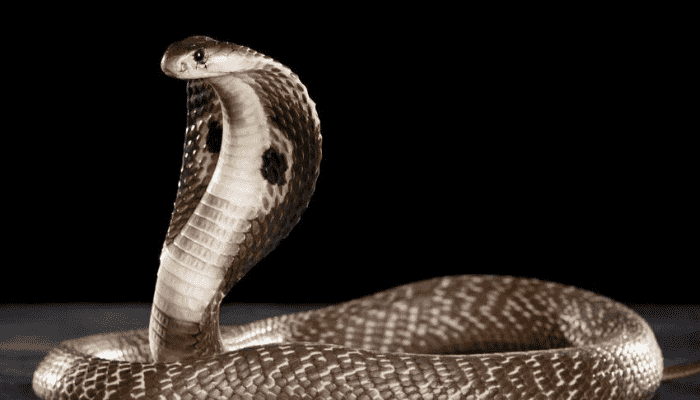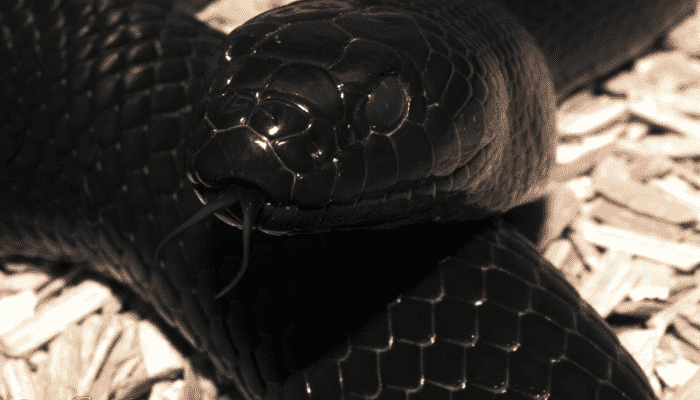Owning a king snake can be an incredibly rewarding experience. These fascinating reptiles are not just beautiful to look at; they also have unique personalities and behaviors that can make them wonderful companions. However, with great joy comes great responsibility. Ensuring the safety and well-being of your king snake is crucial for a healthy, happy pet. If you’re considering bringing one into your home, exploring options for king snakes for sale is a great start. So, let’s dive into some essential practices, tips, and insights to help you provide the best care for your slithery friend.
Understanding Your King Snake
Before we jump into the nitty-gritty of care, it’s vital to understand what makes your king snake tick. Did you know that king snakes come in various species, including the California king snake, the Texas king snake, and the eastern king snake? Familiarizing yourself with the specific needs of your chosen species can significantly impact its well-being.
Behavioral Traits
King snakes are generally known for their docile nature, making them ideal for beginners. However, they can be quite active, especially during the evening hours. Understanding their behavior can help you create a stress-free environment. For instance, if your snake seems agitated or hides frequently, it might be time to reassess its habitat and comfort level.
Habitat Needs
Creating a suitable habitat is crucial for your king snake’s health. A well-designed enclosure not only keeps your snake safe but also mimics its natural environment. Let’s break down what you need.
- Enclosure Size: For an adult king snake, a tank of at least 40 gallons is recommended. Ensure there’s enough space for your snake to move around and explore.
- Temperature Regulation: King snakes require a temperature gradient in their enclosure. One side should be warmer, around 85-90°F, and the other cooler, around 75-80°F. Use heat mats or basking bulbs to achieve this.
- Humidity Levels: Maintaining the right humidity (around 40-60%) is essential. Misting the tank or using a water dish can help keep humidity in check.
- Substrate Choices: Choose a substrate that allows for easy cleaning and promotes burrowing behavior. Aspen shavings, coconut fiber, or paper towels work well.
- Hiding Spots: Make sure to include hiding spots, like caves or logs. This gives your king snake a place to retreat and feel secure.
Now that we’ve set the stage for a comfortable living space, let’s talk about feeding.
Feeding Your King Snake
Feeding is an essential aspect of your king snake’s well-being. A well-fed snake is a happy snake, after all. But how do you ensure you’re doing it right?
Choosing the Right Diet
King snakes are carnivorous and primarily feed on rodents, such as mice and rats. When you buy king snake food, you have two options: live or frozen prey.
- Live Prey: While feeding live rodents can stimulate natural hunting instincts, it also poses risks. The prey could injure your snake or cause stress if not properly supervised.
- Frozen Thawed Prey: This is generally the safer option. It reduces the risk of injury and stress. Plus, it’s more convenient. Just thaw and serve.
Feeding Schedule
The feeding frequency will vary depending on the age and size of your snake. Here’s a quick breakdown:
- Juvenile King Snakes: Feed every 5-7 days.
- Adult King Snakes: Feed every 7-14 days, depending on the size of the prey.
Portion Control
A general rule of thumb is to offer prey that is about the same width as your snake’s body. This ensures they can digest it properly and helps avoid obesity.
Handling Your King Snake
Handling your king snake is not just about socialization; it’s also a great way to monitor its health. But how do you handle your snake safely?
Getting Comfortable
Before you dive into handling, give your snake time to acclimate to its new home. After purchasing your king snake, let it settle for at least a week before handling. This helps reduce stress and allows your pet to get used to its environment.
Safe Handling Techniques
When you’re ready to handle your snake, follow these tips:
- Approach Slowly: Sudden movements can startle your snake. Approach slowly and let it see you.
- Support Its Body: Always support your king snake’s body with both hands. This helps them feel secure and prevents injuries.
- Watch for Signs of Stress: If your snake becomes agitated, it’s best to put it back in its enclosure. Signs of stress include hissing, striking, or rapid movement.
Handling your snake regularly can help build trust, but be sure to respect its comfort level.

Regular Health Checks
While handling your king snake, take the opportunity to perform a health check. Look for signs of illness, such as:
- Abnormal shedding
- Lack of appetite
- Lethargy
The Importance of Proper Hydration
Ensuring your king snake stays hydrated is a vital part of their well-being. Dehydration can lead to a host of health issues, including kidney failure. So, how do you make sure your king snake is getting enough water?
Providing a Water Dish
A fresh, clean water source should always be available to your snake. The dish should be:
- Large Enough for Soaking: King snakes often like to soak in their water, especially during shedding, so choose a dish that’s big enough for them to submerge part of their body.
- Shallow: Ensure the water dish isn’t too deep, as you don’t want to risk your snake drowning.
- Clean: Change the water daily and clean the dish regularly to prevent bacterial growth.
Hydration Through Humidity
As we mentioned earlier, keeping the right humidity level in the enclosure is crucial for hydration and healthy shedding. If you live in a particularly dry climate, you might need to mist the enclosure more frequently or add a humid hide.
Keeping Your King Snake Safe
When it comes to the safety of your king snake, there are a few essential factors to consider. Let’s go over some key tips to ensure your snake stays out of harm’s way.
Secure Enclosure
King snakes are escape artists by nature. It’s not uncommon for them to figure out how to lift a lid or squeeze through a small gap. Make sure your enclosure is escape-proof by:
- Using Locking Mechanisms: A tank with a secure locking lid can prevent your snake from making a break for it.
- Sealing Gaps: Check for any small gaps or weak spots where your snake could potentially squeeze through.
Conclusion
Taking care of a king snake involves a lot more than just feeding and cleaning. From maintaining the right habitat to ensuring proper shedding and providing mental enrichment, it’s a full-time commitment. With the right approach and a little bit of effort, you can ensure the well-being of your king snake and enjoy a rewarding relationship with your reptilian friend.
FAQs
Q: How often should I feed my king snake?
A: Typically, adult king snakes should be fed every 7-14 days, while younger snakes may need to eat every 5-7 days. The exact frequency depends on the snake’s size, age, and activity level.
Q: What type of substrate is best for king snakes?
A: Aspen shavings, coconut fiber, or paper towels are excellent choices. Avoid cedar or pine shavings, as they can be harmful to your snake’s respiratory health.
Q: How can I tell if my king snake is sick?
A: Signs of illness may include lethargy, loss of appetite, abnormal shedding, respiratory issues, or changes in feces. If you notice any of these signs, consult a reptile vet.
Q: How can I provide enrichment for my king snake?
A: You can enrich your king snake’s environment by adding climbing branches, providing hiding spots, and rearranging the enclosure. Regular exploration outside the tank can also be beneficial.


